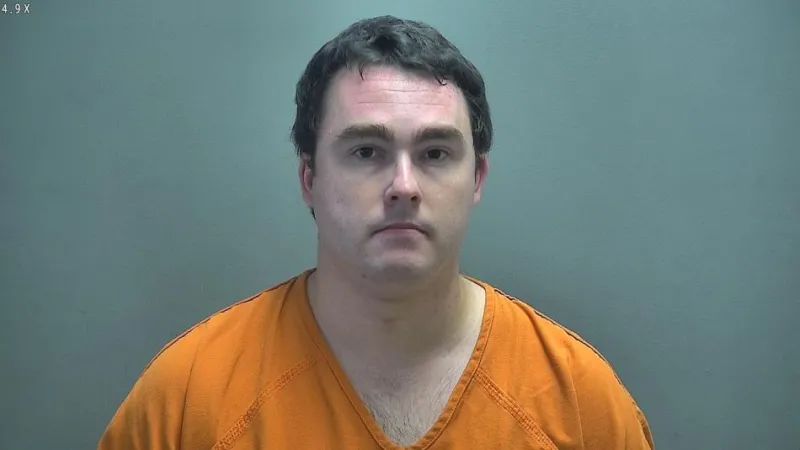
Orlando, Fla., Jul 12, 2017 / 03:01 am (CNA/EWTN News).- The Catholic Church may be thousands of years old, but its bishops are rapidly adjusting to the demands of 21st-century communication.
If the Church is to effectively evangelize in the modern world, a group of bishops argue, its leaders must be engaged online – but in the right way.
What’s most important is for Catholics engaging online, particularly priests and bishops, is to be sure to bring Christ with them online, said Bishop Daniel Flores of Brownsville, Texas.
“If we aren’t talking about the Gospel and what Jesus said today, then all the other stuff is going to be simply polemical, and our young people are tired of polemics,” he said during a panel discussion.
Young people, he added, want to know what Jesus has to say about the various issues and discussions happening online.
“I think, actually, we have kind of an obligation to sanctify social media,” the bishop said.
Bishop Flores spoke on social media use at a press conference during the “Convocation of Catholic Leaders: The Joy of the Gospel in America” event on July 2 in Orlando, Florida. Joining him in the press conference were Dr. Hosffman Ospino, associate professor of theology and religious education at Boston College; Archbishop Wilton Daniel Gregory of Atlanta; and Cardinal Donald Wuerl, Archbishop of Washington, D.C.
Consultant and member of the Vatican’s Secretariat for Communication Kim Daniels also brought up the opportunity presented by social media in a July 3 speech at the convocation. In many ways, she commented, social media is a modern “periphery” where many whose needs are overlooked gather together.
“It’s clear that we need to engage people where they are, and the place where people are is social media on their own devices,” she said. “We know this is a great advantage for us to have this opportunity to reach out.”
Daniels also said that the Church has millennia of experience in communicating and bringing people together that it can give to online spaces.
“We know what it is to be a global interconnective network. We know that these kinds of communities need stability, and they need fidelity, and they need mercy, and relation and we can bring those gifts there.”
For an example of these kinds of gifts being used in the Church today, Daniels said to look at Pope Francis as an “extraordinary communicator.” His enthusiasm, honesty, frank discussion, and resistance to jargon makes him effective at bringing the Gospel to the peripheries, even online, she said.
“He brings something very substantive.”
Bishop Flores agreed with the need to bring substance and Christ to online spaces. “There’s one thing I do every day, and that’s that I will tweet out the Gospel of the day,” he said of his own personal Twitter use.
“If there’s anything I want people to know about the bishop it’s that the first thing he does in the morning is tell you about something Jesus said in the Gospel, because that’s the context from which we have to speak.”
“Maybe you’re not going to get a lot of followers if you comment on the Gospel every day, but it has an effect.”
However, bishops and Catholics can use social media in other worthwhile ways, Bishop Flores stressed. “I have a Twitter and I probably have more fun with it than I should,” he joked.
He said that he often takes group pictures of his confirmation classes, and the confirmande will share his photos online and discuss their confirmation.
“It gives them a chance to say that they’re happy to be Catholic.”
Their diocese also helps high school students utilize social media to develop skills in journalism through the diocese’s Mobile Journalism Project.
“We help get some mobile equipment for high school students who want to learn about journalism, because they’re out there everywhere,” Bishop Flores said.
After the students take pictures or write stories, the diocesean communications office will share them and give feedback. “It helps them get the idea that they can do this,” he said of the program’s impact on students.
Cardinal Wuerl also pointed to the need for bishops to play a more active role on social media, acknowledging the challenges it brings for those who didn’t grow up online.
“We need to be able to be a part of the conversation,” he urged. “If the Church is not part of their conversations, we’re not speaking to them.”
Dr. Ospino pointed out, however, that in many places in the country, this collaboration between generations is not the norm for social media use in the Church. He noted that there is a large “discrepancy” between people in leadership positions in the Church and those who are using the media constantly, with most lay leaders, priests and religious being in their mid 50s, 60s, and 70s, respectively.
“It is more than likely that these people are not tweeting day and night,” he said. Instead, he encouraged Catholic leaders to learn how young people are interacting with social media and the kinds of conversations they are having.
Archbishop Gregory had a different warning. While he agreed that bishops and Catholics should use social media more effectively, he also worried that it has its limitations.
“There is a great challenge though with social media and I think it’s that it emphasizes one-on-one relationships. It doesn’t provide the opportunity of a sense of belonging to a group larger than yourself,” he said.
He noted that in his diocese, many young people will say that they don’t need to attend Mass because they can watch Mass on their smartphones, which runs counter to the Church’s understanding of Mass and the Church.
“The Church is this community that is comprised of all of us together, and without that capacity to highlight that and to give expression to that, the best social media in the world will be missing a unique dimension of what it means to be the Church,” Bishop Gregory said.
“It doesn’t mean that we don’t use it, but we also have to recognize its limitations in delivering the Gospel message.”
If you value the news and views Catholic World Report provides, please consider donating to support our efforts. Your contribution will help us continue to make CWR available to all readers worldwide for free, without a subscription. Thank you for your generosity!
Click here for more information on donating to CWR. Click here to sign up for our newsletter.






Leave a Reply